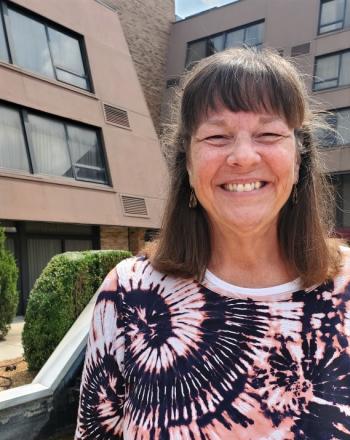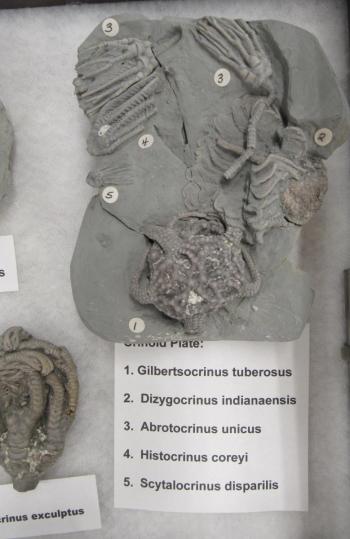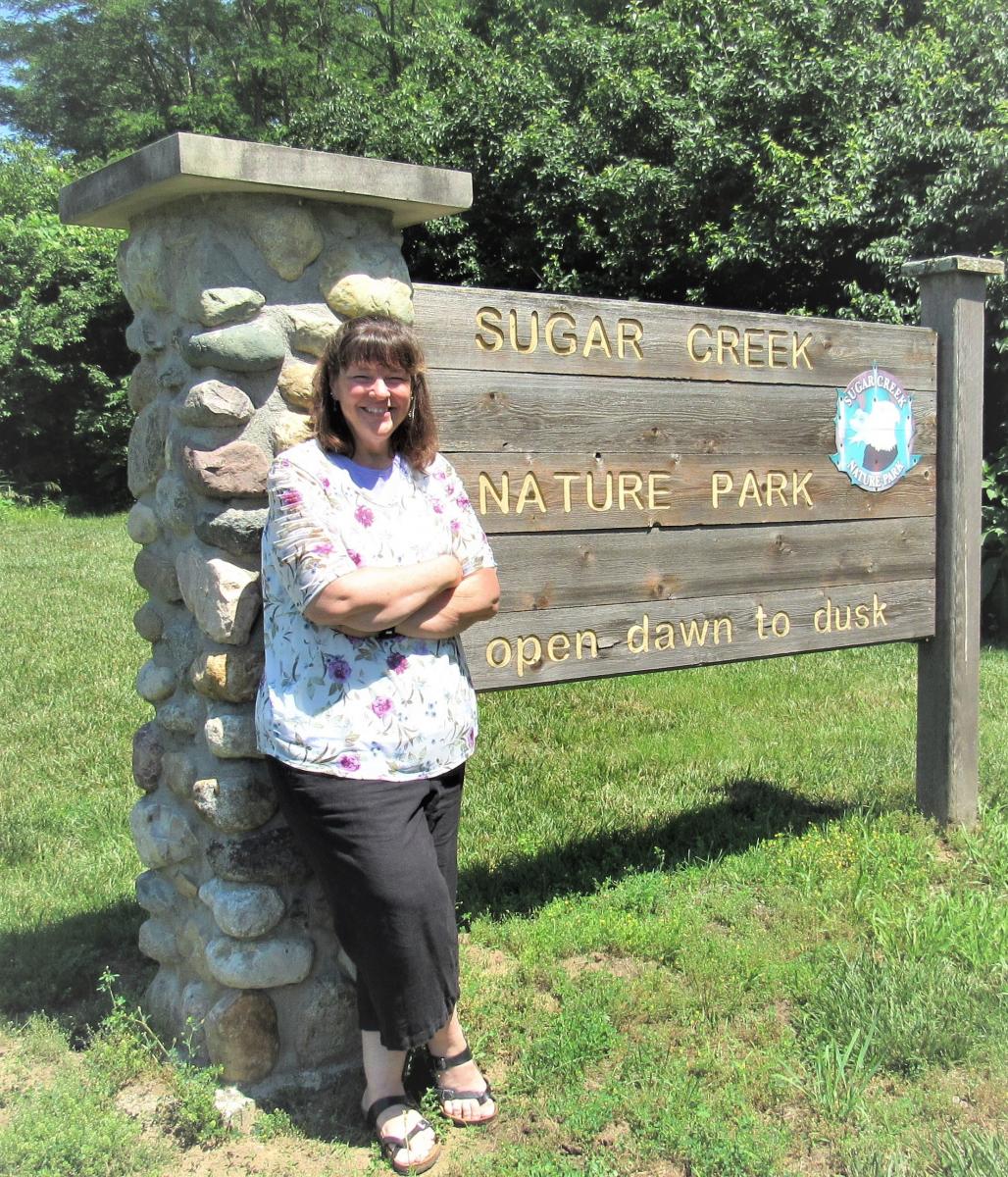
“I stopped by the Shape of Life booth at NSTA where I spent the next hour at the booth watching videos, asking questions, and looking at lesson plans. I was hooked!”, said Shannon. Since then, we’ve met Shannon at several Meet Me in the Middle Share-a-Thons and we’ve also shared NSTA presentations with her.
It was no surprise to us that Shannon recently received The Hurd Award for middle school science teachers. Shannon consistently makes learning about science FUN and she is always eager to incorporate novel innovations in science into her curriculum.
Structure, Function and Behavior
“Lately, I’ve been focusing students on my two favorite topics: structure, form, behavior and biomimicry. These are my absolute ‘go-to’ topics to help students understand the natural world around them. Shape of Life is the BEST for illustrating how the structure of an animal body plan facilitates a particular function. And how animal behavior determines the structure and function of the body plan,” Shannon shared.
“Shape of Life footage is amazing and a place where my students easily compare and contrast different phyla and behaviors, be introduced to careers in science, and visualize the intricate complexities of life forms.”

Shannon is an echinoderm freak. (Yes, they do exist). Shannon’s county in Indiana is the best hunting ground to see ancient echinoderms found in Indiana Limestone.
Her students learn about echinoderm fossils found in shale from the ancient seabed of the Mississippian Age which occurred over 25 million years ago. First discovered along Sugar Creek in 1836, over 63 different species have been identified in this area alone. The fossils are some of the most complete and diverse. “Our students have been invited to dig for crinoids in Corey’s Bluff as part of the 8th grade curriculum”, says Shannon.
“Stem pieces, called Indian Beads”, (colloquial American term for a fossilized stem segment of a columnal crinoid), “are still abundant in Corey’s Bluff. Once our students learn what they are and what they represent, they take greater pride in the area they are growing up in”, shares Shannon.
Scaffold Teaching, Virtual Learning and Shape of Life
At the onset of the shut-down, Shannon’s class was just beginning the ecology unit with her 6th graders, “before I left the building on that fateful Friday, I grabbed my Shape of Life binder knowing this would be my curriculum for the foreseeable future. Our administrators limited science to only three 15-minute lessons each week, so Shape of Life offerings were perfectly designed. While we were unable to do any lab activities, we were able to use discussion boards to converse about topics and for students to ask questions.”
Shannon’s Philosophical Approach to Science and Life
“I am hopeful that COVID has shown us the interaction between humans and viruses and how our knowledge of science is the only way to understand this,” says Shannon. Shannon has also become optimistic when reading about scientific triumphs in space travel, biomimicry discoveries, landfill alternatives, and novel body structure and function relationships. “Science is all around us, and the sooner we learn to respect how the world works, the sooner we can learn to work with it and not take advantage of it.”
“I learned very quickly the vital importance of social and emotional support along with connections to other human beings during the shut-down.”

















